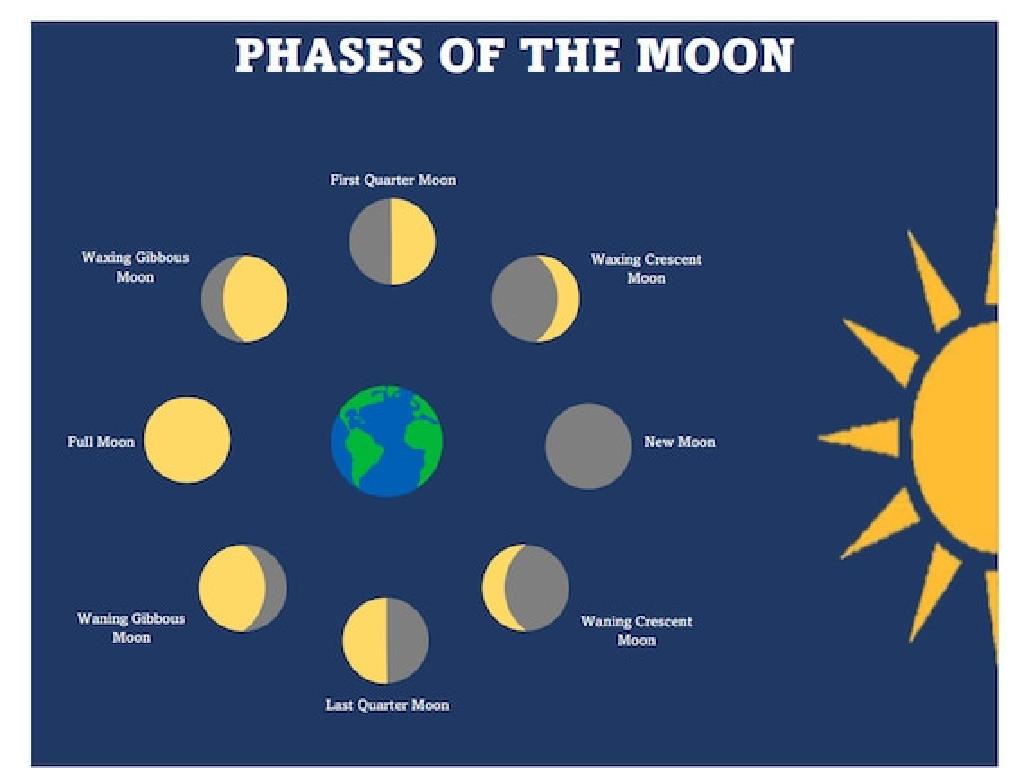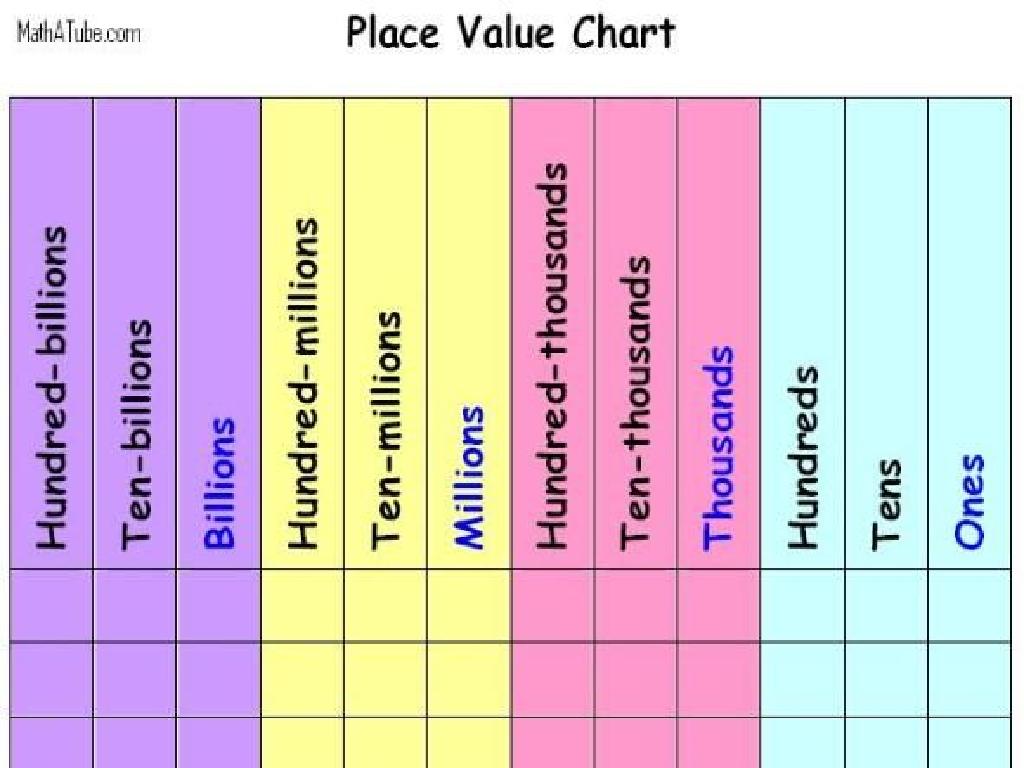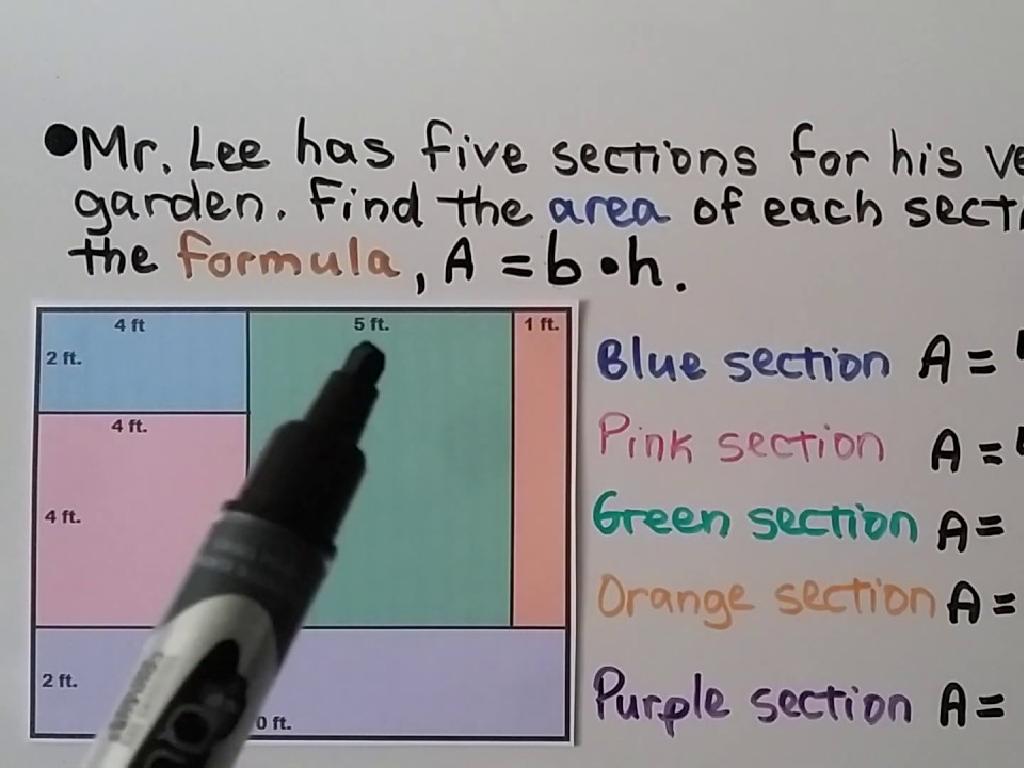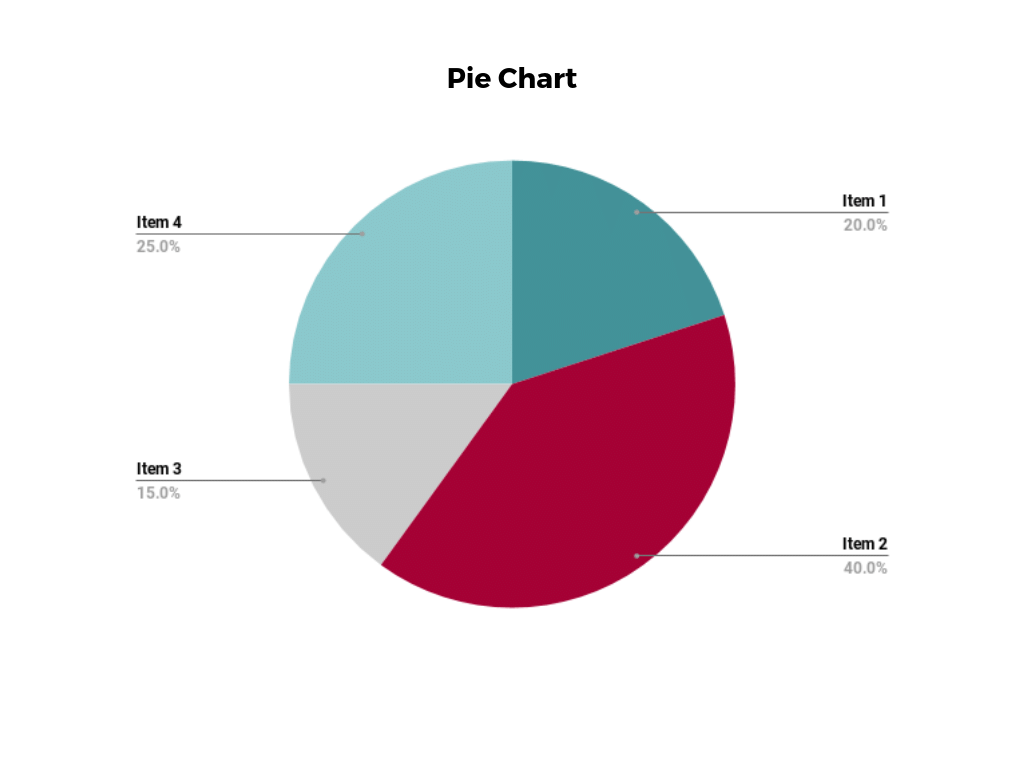Words With -Ful
Subject: Language arts
Grade: Fifth grade
Topic: Prefixes And Suffixes
Please LOG IN to download the presentation. Access is available to registered users only.
View More Content
Exploring the Suffix -ful
– Building blocks of words
Words are made of parts: roots, prefixes, and suffixes.
– Prefixes vs. suffixes
Prefixes come before the root, suffixes after.
– The meaning of -ful
-ful means full of or having qualities of.
– Examples of -ful words
Hopeful means full of hope, cheerful means full of cheer.
|
This slide introduces students to the concept of word parts, specifically prefixes and suffixes, as the building blocks of words. It distinguishes between the two, explaining that prefixes come before the root of the word and suffixes come after. Today’s focus is on the suffix -ful, which when added to a word, implies ‘full of’ or ‘having the qualities of’ something. Provide examples like ‘hopeful’ or ‘cheerful’ to illustrate the use of -ful. Encourage students to think of other words ending in -ful and discuss what qualities those words describe. This will help them understand how suffixes change the meaning of root words and how they can figure out the meaning of new words they encounter.
Understanding Suffixes: The -ful Ending
– Definition of a suffix
– A suffix is added to a word’s end
– Suffixes alter word meanings
– They can modify or enhance meaning
– Example: happy + -ness
– Turns ‘happy’ into a noun ‘happiness’
– Example: color + -ful
– ‘colorful’ means full of color
|
This slide introduces the concept of suffixes to the students, emphasizing how they can change the meaning of a word. A suffix is a set of letters that is added to the end of a word to form a new word, often with a new meaning. For example, by adding ‘-ness’ to ‘happy’, we turn an adjective into a noun, ‘happiness’, which refers to the state of being happy. Similarly, adding ‘-ful’ to ‘color’ creates ‘colorful’, an adjective that describes something full of color. Encourage students to think of other words they know and discuss how adding different suffixes can change their meanings. This will help them understand how the structure of words in English can be modified to express different ideas.
Exploring the Suffix -ful
– Understanding -ful meaning
– The suffix -ful means ‘full of’ or ‘having qualities of’.
– Example: ‘joyful’ means full of joy
– ‘Joyful’ shows someone has a lot of joy.
– Break down more -ful examples
– We’ll look at words like ‘hopeful’, ‘careful’, ‘playful’.
– Practice using -ful in sentences
– Create your own sentences with new -ful words.
|
This slide introduces the suffix -ful, which is added to the end of a word to mean ‘full of’ or ‘having the qualities of’. Start by explaining the definition and then show the example ‘joyful’ to illustrate the concept. Next, engage the class by breaking down additional examples such as ‘hopeful’ (full of hope), ‘careful’ (full of care), and ‘playful’ (full of play). Encourage the students to think of other words that end with -ful and use them in sentences, reinforcing their understanding of the suffix and its meaning. This activity will help students expand their vocabulary and improve their descriptive writing skills.
Exploring Words with -ful
– ‘-ful’ turns words into adjectives
– Adding ‘-ful’ means ‘full of’ or ‘having’
– Example: wonder + -ful
– ‘wonderful’ means full of wonder
– Create your own -ful words
– Think of a noun and make it an adjective
– Share with classmates
– Discuss the meanings of your new words
|
This slide introduces the suffix ‘-ful’ and how it changes nouns into adjectives, implying ‘full of’ or ‘having’ a certain quality. Start by explaining the concept with the example provided, then engage the students in an activity where they create their own examples. Encourage creativity and collaboration among classmates. As a teacher, facilitate the activity by suggesting nouns, guiding students who may struggle, and ensuring that each student participates and shares their examples. Possible activities could include creating a ‘-ful’ word wall, illustrating their words, or writing sentences using their new adjectives.
Crafting Sentences with ‘-ful’
– Understanding ‘-ful’ in words
– The suffix ‘-ful’ means full of, e.g., ‘joyful’ means full of joy.
– Example sentence with ‘-ful’
– ‘The garden is beautiful in spring’ means the garden is full of beauty.
– Your turn to write a ‘-ful’ sentence
– Share your creative sentences
|
This slide is aimed at helping students understand and practice using the suffix ‘-ful’, which indicates ‘full of’ or ‘having the qualities of’. Start by explaining the meaning of ‘-ful’ and how it transforms a noun into an adjective. Provide the example sentence to illustrate how ‘-ful’ is used in context. Then, prompt students to write their own sentences using words that end with ‘-ful’. Encourage creativity and sharing among the class to build confidence and reinforce the concept. As an extension, students can illustrate their sentences or find ‘-ful’ words in books they are reading.
Avoiding Common Mistakes with ‘-ful’
– ‘-ful’ is spelled with one ‘l’
– Pronounce and spell ‘-ful’ correctly
– Words like ‘beautiful’ not ‘beautifull’
– Let’s correct mistakes as a team
– We’ll look at examples and fix them
– Practice makes perfect
|
This slide aims to address common errors students make when using the suffix ‘-ful’. Emphasize that ‘-ful’ is always spelled with one ‘l’, which is a common mistake. Highlight the importance of correct pronunciation and spelling to ensure clarity in communication. Engage the class in an interactive activity where they identify and correct mistakes in provided sentences. Encourage them to practice writing and saying words with ‘-ful’ to reinforce their learning. Provide additional examples and have students create sentences using ‘-ful’ words to solidify their understanding.
Class Activity: Crafting a -ful Poster
– Form groups for poster creation
– Choose words ending in -ful
– Words like ‘joyful’ or ‘hopeful’
– Illustrate meanings with visuals
– Draw or find pictures that represent the words
– Present and explain your favorite
– Share why you chose this word with the class
|
This activity is designed to help students understand and apply the suffix -ful by creating a visual representation. Divide the class into small groups and provide them with poster materials. Each group should select a list of words that end with -ful, such as ‘joyful’, ‘graceful’, ‘thoughtful’, etc. Students will then create illustrations or find pictures that depict the meaning of each word. Encourage creativity and discussion within the groups about the meaning of the words. Once the posters are complete, each group will present their poster to the class and explain the meaning of their favorite word. This will help reinforce their understanding of the suffix and its impact on word meaning. Possible variations of the activity could include creating a -ful word collage, writing sentences using -ful words, or even a -ful word scavenger hunt.
Review and Homework: The -ful Suffix
– Review the meaning of -ful
– Remember, -ful means ‘full of’ or ‘having’
– Find five -ful words for homework
– Look for words like ‘joyful’ or ‘hopeful’
– Create sentences with your words
– Put each -ful word into a meaningful sentence
– Share your sentences next class
|
This slide is meant to recap the lesson on the suffix -ful and to assign homework that reinforces the concept. Remind students that -ful means ‘full of’ or ‘having’ and is used to form adjectives. For homework, students should find five new words that end with -ful and write sentences using these words, demonstrating their understanding of each word’s meaning. Encourage creativity and the use of a dictionary or thesaurus. In the next class, students will have the opportunity to share their sentences, which will help them practice speaking skills and learn from each other’s examples.






